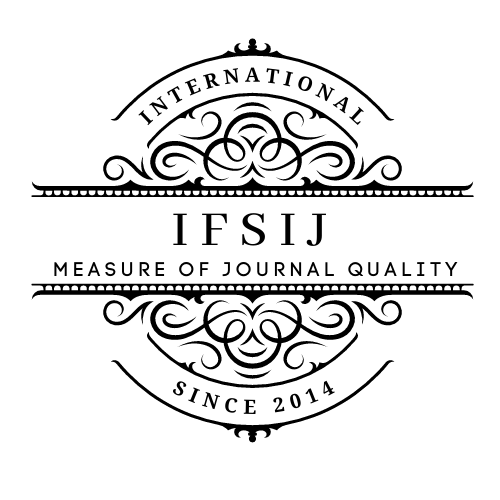AXIOLOGICAL FOUNDATIONS FOR THE FORMATION OF ENVIRONMENTAL AND LEGAL CONSCIOUSNESS OF THE YOUTH OF UZBEKISTAN
Keywords:
Ecological culture, youth, environmental education, ecological awareness, sustainable development, Uzbekistan.Abstract
This article explores the current state of ecological culture among youth in Uzbekistan, emphasizing the importance of integrating ecological awareness into young people’s consciousness through education, media, and social engagement. The study is grounded in both theoretical analysis and empirical research. It reviews key academic perspectives on ecological culture, highlighting its connection with sustainable development, ecological safety, and public health. An empirical survey was conducted among 120 university students aged 16–25 in Tashkent to assess their knowledge of environmental issues, participation in ecological activities, and attitudes toward ecological responsibility. The findings reveal a significant gap between environmental awareness and practical engagement. While a majority of respondents acknowledged the importance of ecological issues, only a small proportion actively participated in environmental initiatives. The results suggest that the development of ecological culture requires more than theoretical knowledge; it necessitates practical involvement, value-based education, and strategic media outreach. The article concludes by identifying key obstacles to ecological awareness and offers recommendations aimed at strengthening ecological culture among youth as a foundation for sustainable societal development.
Downloads
Published
Issue
Section
License

This work is licensed under a Creative Commons Attribution-NonCommercial-NoDerivatives 4.0 International License.















